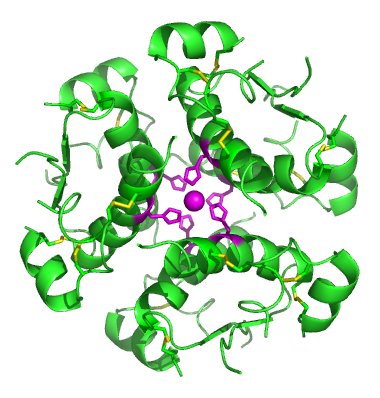In the past, contraceptives were not as readily available. Consequentially, sex was a greater risk for women than men because women would have to deal with nine uncomfortable months of child bearing. Pregnancy can limit a women’s ability to work and independently provide for herself, ultimately preventing her from achieving what Erika Christakis calls the “American Dream.” The use of oral contraceptives has sexually liberated women by optimizing convenient and effective birth control options and other contraceptives can decrease overpopulation and prevent sexually transmitted infections (STIs).
Currently, there are several options to prevent unwanted pregnancies. Of these contraceptive methods, some are predominantly the male’s responsibility (condoms) while others are largely understood as female contraceptives (oral birth control pills). Furthermore, some are permanent (like vasectomies and tubectomies) while others are reversible. Reversible alternatives, like birth control allow couples to change their mind incase they decide to have a child. It is obviously crucial to find the alternative that works best for you. Condoms are readily available and protect against STIs but quite unreliable because they can rip easily. Also for men, vasectomies are very effective but are permanent. On the other hand, oral contraceptives don’t prevent STIs and require the female to take a pill every single day otherwise they are completely ineffective. Moreover, these pills come with undesirable side effects. People in long-term relationships, who feel safe from STIs, often avoid condoms because condoms minimize sensations. Daily pills for women are very popular because they aren’t permanent and they maximize sensitivity.
Women are typically held responsible – they have to buy the pills and make sure to take them every day! So, what if the same pill existed for men? Indeed, they have invented similar (reversible) alternatives for men.
Another scientist has almost completed a pill called Gamendazole that minimizes fertility. So only recently have they started developing male birth control and hardly any men are aware of it. How would this affect the current social dynamics regarding birth control? The following news report briefly outlines some common thoughts and attitudinal barriers men would face with male birth control.

Some people believe that men are too forgetful and couldn’t remember to take a pill every day. I don’t think that is entirely true. Men have great memories when what they are trying to remember directly affects them (like the sports score.) Also, vasalgel is injected and lasts ten years and therefore requires no memory. I believe that women naturally take responsibility because pregnancies affect them much more directly, leaving them vulnerable and restricted for nine months. Also, pregnancies permanently affect the mother’s (valued) body leaving scars and stretch marks. Even further, women must face the painful task of labour. And it is the women, too, who must physically go through an abortion. The fact that men don’t have to deal with any of these physical consequences is why their attitude towards pregnancy is less serious than women.
Grattin Cox 8203 2103









